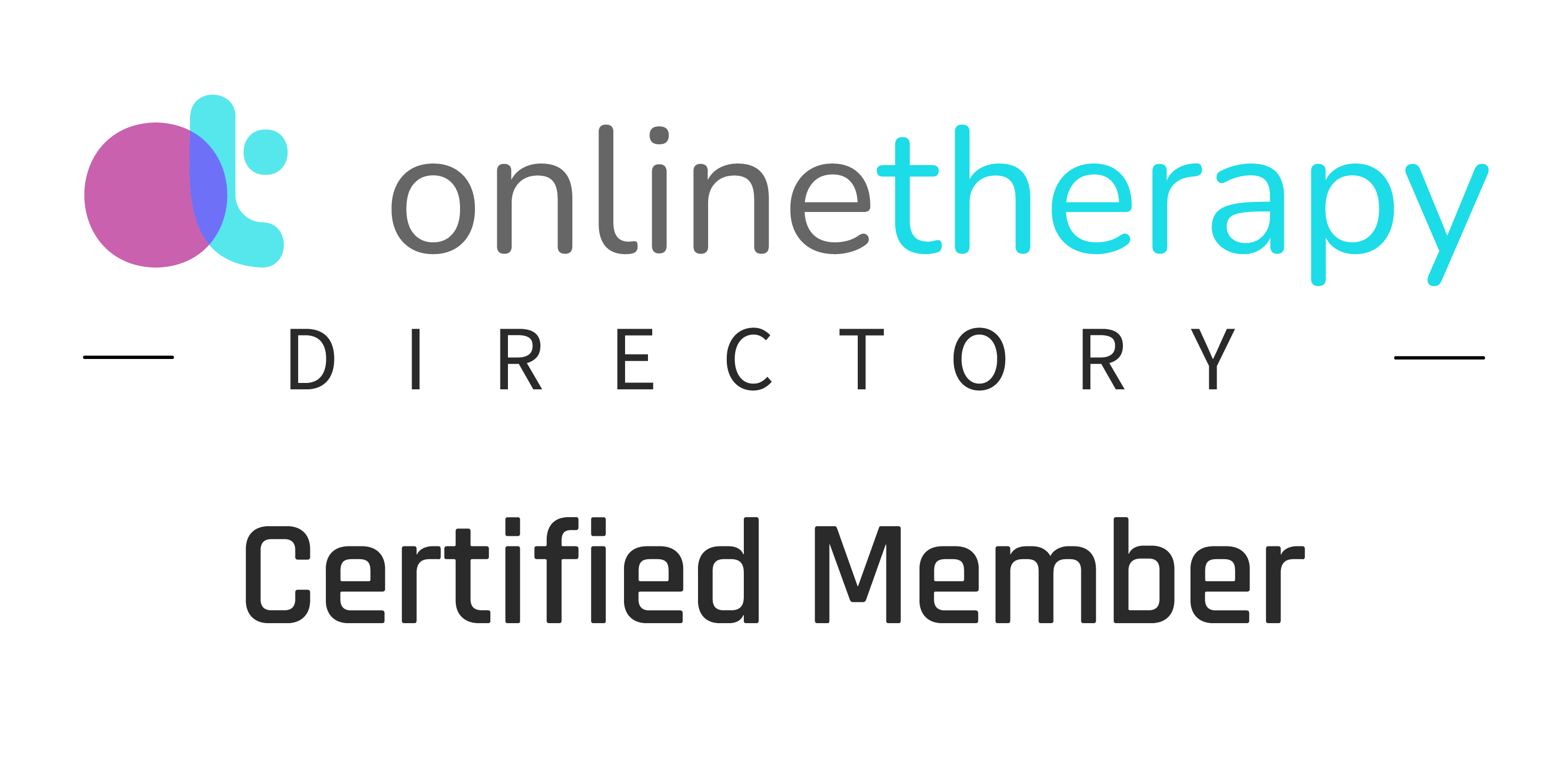The Many Faces of OCD: Understanding the Diverse Ways People Experience Obsessive-Compulsive Disorder
Welcome to another informative post from Pathways to Wellness: Insights from Francesca Wehr, LCSW. In this blog, we will explore the various ways individuals can experience Obsessive-Compulsive Disorder (OCD) and debunk the common misconceptions surrounding this mental health condition. Recognizing the diverse manifestations of OCD can help promote understanding, empathy, and effective treatment.
Understanding OCD: Beyond the Stereotypes
OCD basics: Obsessive-Compulsive Disorder is a mental health condition characterized by intrusive, unwanted thoughts or images (obsessions) and repetitive behaviors or mental acts (compulsions) that an individual feels driven to perform in response to these obsessions.
Common obsessions: Obsessions in OCD can take many forms and vary greatly from person to person. Some common obsessions include fear of contamination, unwanted intrusive thoughts about harm or violence, excessive concern with orderliness or symmetry, and excessive doubt or need for reassurance.
Common compulsions: Compulsions are the behaviors or mental acts performed in response to obsessions. They can include excessive hand washing, checking (e.g., locks, appliances), arranging items in a specific order, mental rituals (e.g., counting, repeating phrases), and seeking reassurance from others.
The Diverse Ways People Experience OCD:
Purely Obsessional OCD (Pure-O): In Pure-O, an individual experiences obsessive thoughts without visible compulsions. Instead, they may engage in mental rituals or reassurance-seeking behaviors that are not readily apparent to others.
Relationship OCD (ROCD): ROCD is characterized by obsessive doubts and fears about one's romantic relationship, including concerns about compatibility, love, or commitment. Individuals with ROCD may constantly seek reassurance or engage in compulsive behaviors related to their relationship.
Scrupulosity: Scrupulosity involves obsessive thoughts and compulsions related to moral, religious, or ethical concerns. Individuals with scrupulosity may fear divine punishment or experience excessive guilt, leading to compulsive behaviors such as prayer or confession.
Hoarding Disorder: While Hoarding Disorder is now considered a separate condition from OCD, the two disorders share similarities. Hoarding involves the persistent difficulty discarding or parting with possessions due to a perceived need to save them, leading to clutter and distress.
Recognizing and Addressing OCD:
Professional support: If you suspect that you or a loved one may be experiencing OCD, it is crucial to seek professional help from a mental health expert, such as a licensed clinical social worker or therapist specializing in OCD.
Evidence-based treatments: Cognitive-behavioral therapy (CBT), particularly a subtype called Exposure and Response Prevention (ERP), has been proven effective in treating OCD. ERP involves gradually exposing an individual to their obsessions and teaching them to resist performing compulsions.
Support groups and education: Joining a support group or seeking educational resources about OCD can help individuals and their families better understand the condition and learn strategies for coping.
Self-care: Prioritize self-care and stress management, as stress can exacerbate OCD symptoms. Engage in activities that promote relaxation and emotional well-being, such as exercise, meditation, and maintaining a balanced diet.
Obsessive-Compulsive Disorder can manifest in diverse ways, and understanding the various forms of OCD can lead to improved empathy, support, and treatment. Francesca Wehr, LCSW Mental Health Counseling is here to help you navigate the complexities of OCD and provide guidance for your journey towards healing and personal growth. Reach out for assistance in understanding and addressing the diverse manifestations of OCD and their impact on your life.













